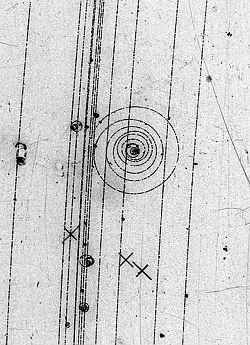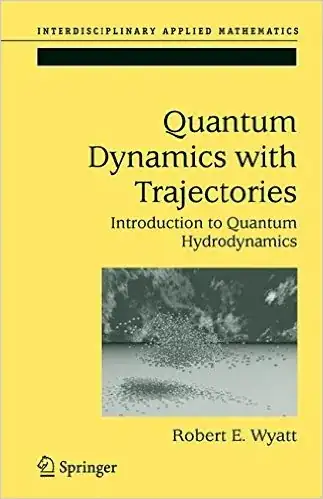In Classical Mechanics we describe the evolution of a particle giving its trajectory. This is quite natural because it seems a particle must be somewhere and must have some state of motion. In Quantum Mechanics, on the other hand, we describe the evolution of a particle with its wave function $\Psi(x,t)$ which is a function such that $|\Psi(x,t)|^2$ is a probability density function for the position random variable.
In that case, solving the equations of the theory instead of giving the trajectory of the particle gives just statistical information about it. Up to there it is fine, these are just mathematical models. The model from Classical Mechanics has been confirmed with experiments in some situations and the Quantum Mechanics model has been confirmed with experiments in situations Classical Mechanics failed.
What is really troubling me is: does the fact that the Quantum Mechanics model has been so amply confirmed implies a particle has no trajectory? I know some people argue that a particle is really nowhere and that observation is what makes it take a stand. But, to be sincere, I don't swallow that idea. It always seemed to me that it just reflects the fact that we don't really know what is going on.
So, Quantum Mechanics implies that a particle has no trajectory whatsoever or particles do have well defined trajectories but the theory is unable to give any more information about then than just probabilities?


